Stories Behind NHL Players' Numbers
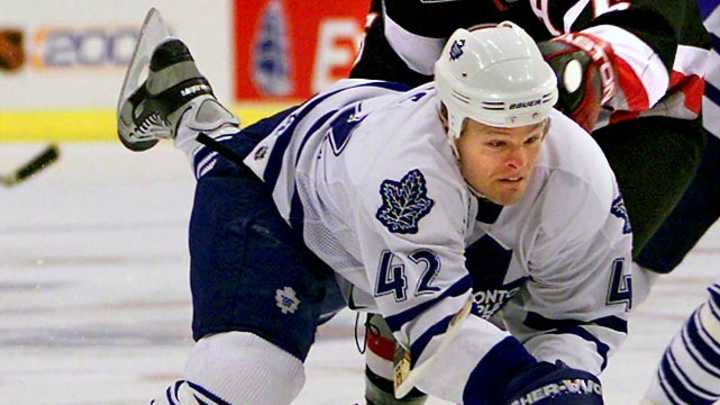
Stories Behind NHL Players' Numbers
Kevyn Adams - 42

According to recent reports, Red Wings defenseman Mike Commodore has decided not to wear 64 in homage to the old Commodore 64 computer of the 1980s. But hockey history is full of quirky tales behind the numbers that players choose. One of the best is Kevyn Adams' choice of 42 while playing for Toronto (1997-2000). The Maple Leafs center was a fan of The Hitch-Hiker's Guide to the Galaxy sci-fi comedy multi-media series in which 42 was said to be the answer to the Ultimate Question of Life, The Universe and Everything.
Steve Heinze - 57
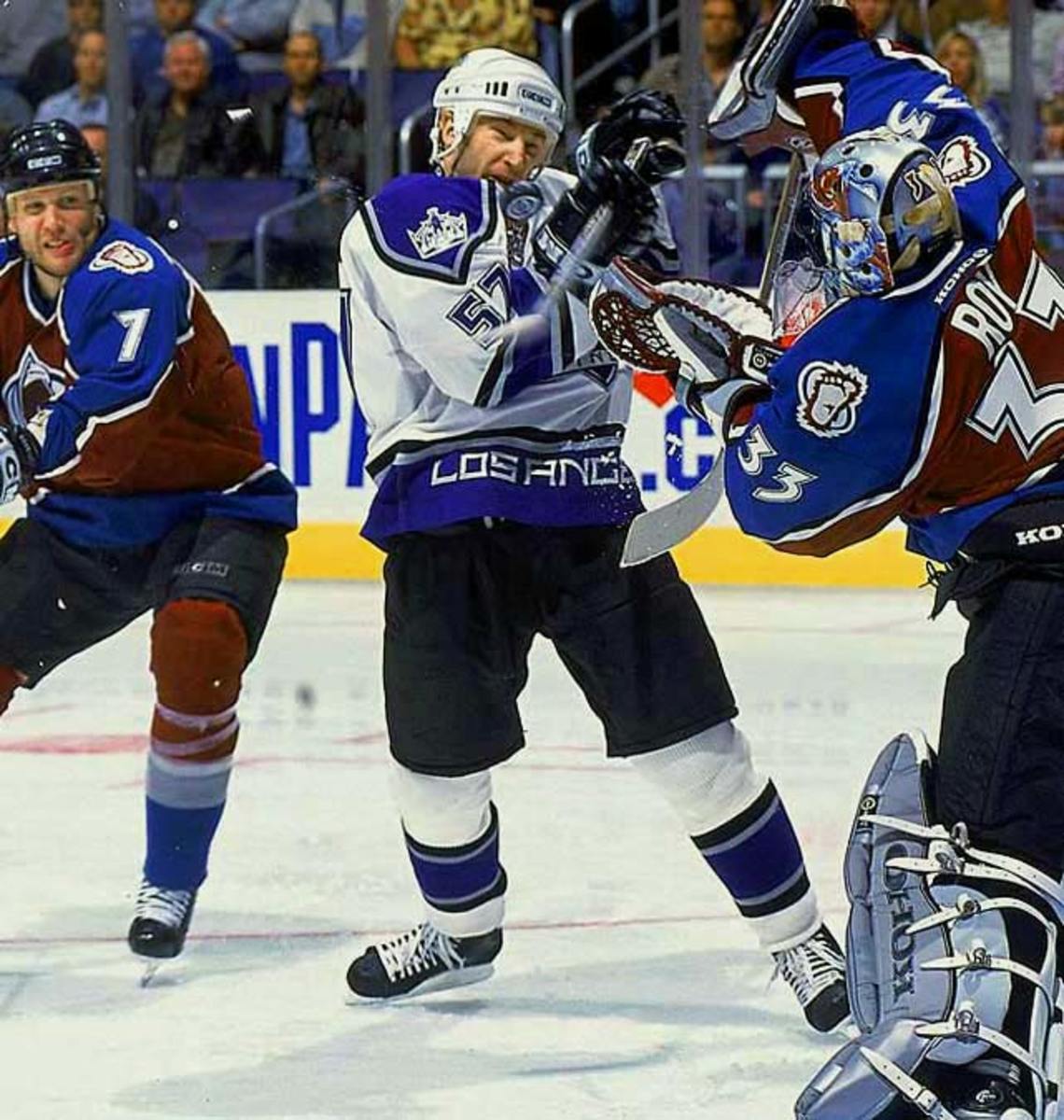
The famous ketchup-maker Heinz famously boasted of its 57 varieties of foods and condiments, so it only made sense that this winger would wear 57 for part of his 12-year NHL career.
Jordan Tootoo - 22
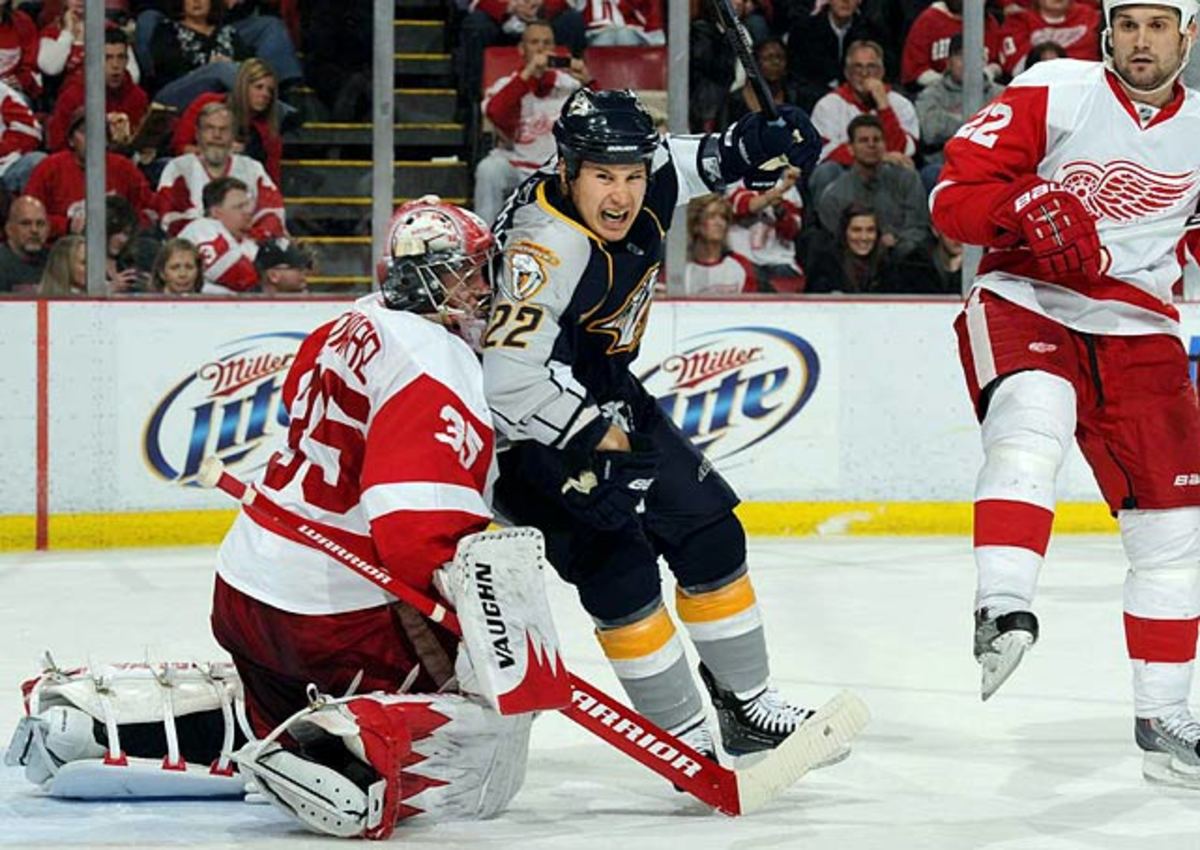
What else would you wear but 2 and 2 when your last name is Tootoo? Well, you might wear 55 (22 upside down) as Tootoo did with the Predators until he could get his preferred number.
Gordie Howe - 9
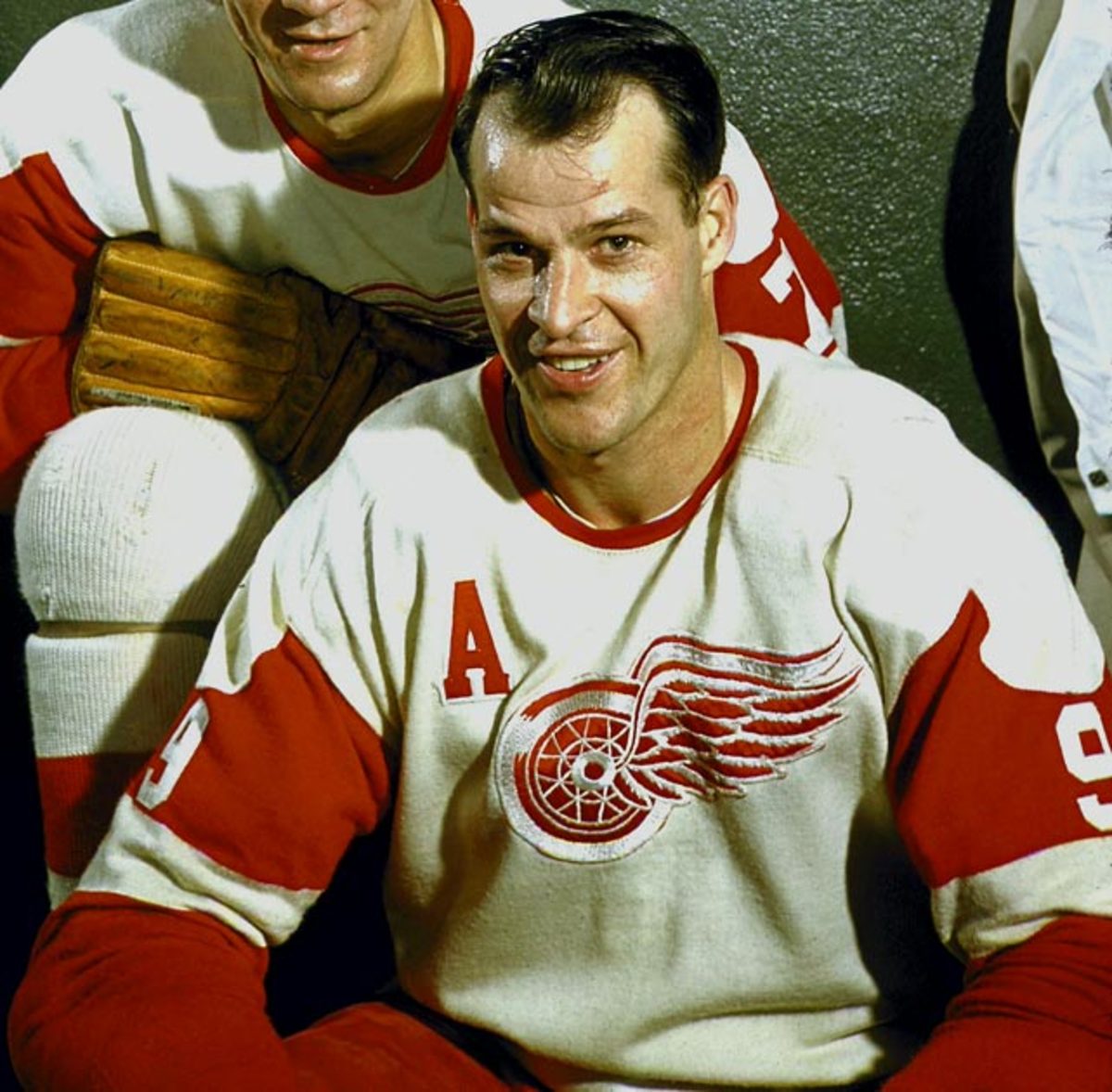
When the man who would go on to be Mr. Hockey arrived in the NHL with the Detroit Red Wings in 1946, teams traveled by rail and players were assigned sweater numbers that corresponded to their berths in the sleeper cars of trains. The lower berths were bigger, so larger players were assigned to them, thus defensemen and goaltenders wore the lowest numbers. Howe, a six-foot, 200-pound forward, first wore 17, but later succeeded in claiming 9, and a more comfortable bunk, when future Hall of Famer Roy Conacher was traded to Chicago in November 1947.
Rocket Richard - 9
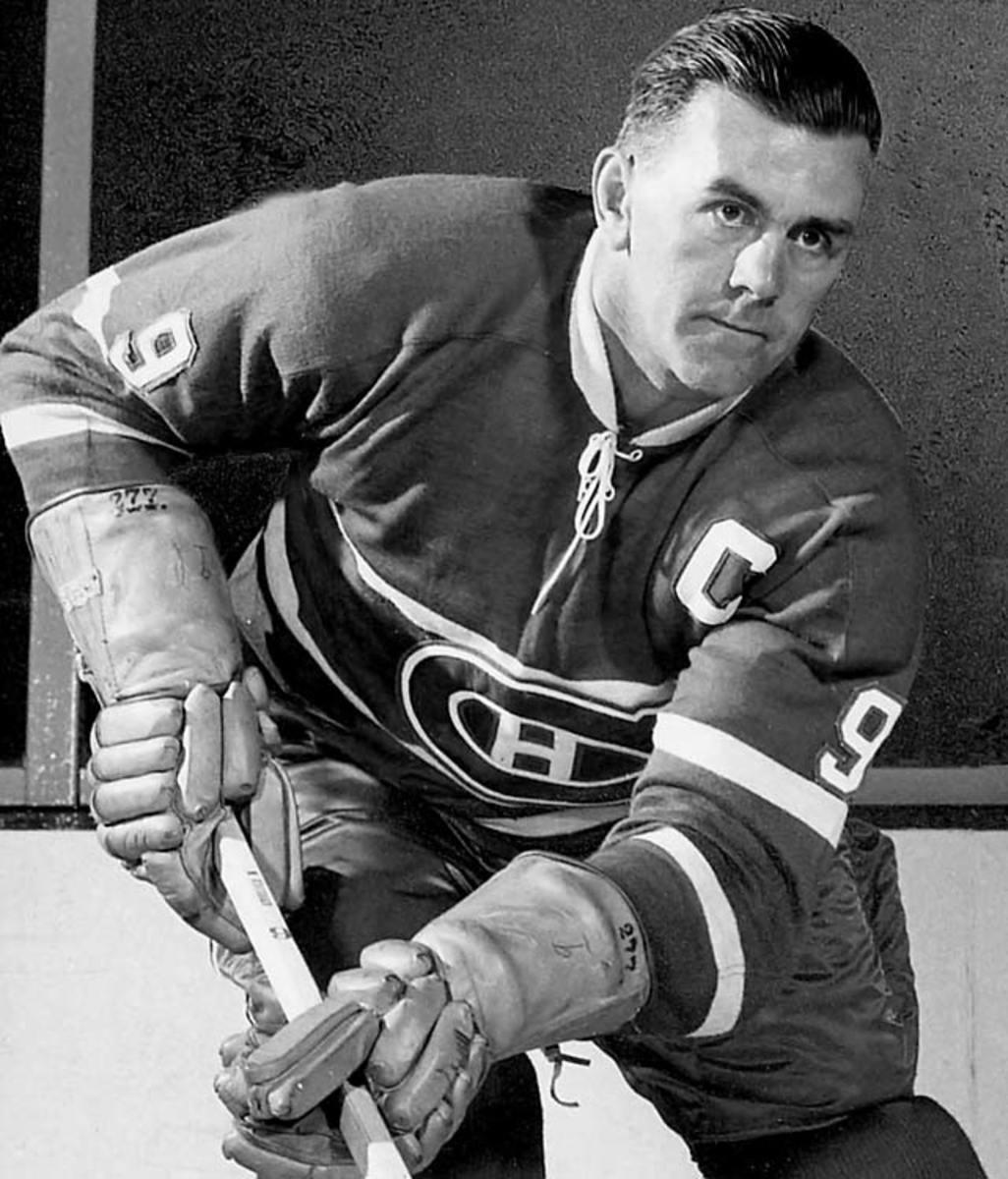
The Canadiens' legendary Hall of Famer was given 15 as a rookie in 1942, but the next year he switched to his now-retired 9 in honor of his firstborn child, a daughter who came into the world weighing nine pounds.
Wayne Gretzky - 99
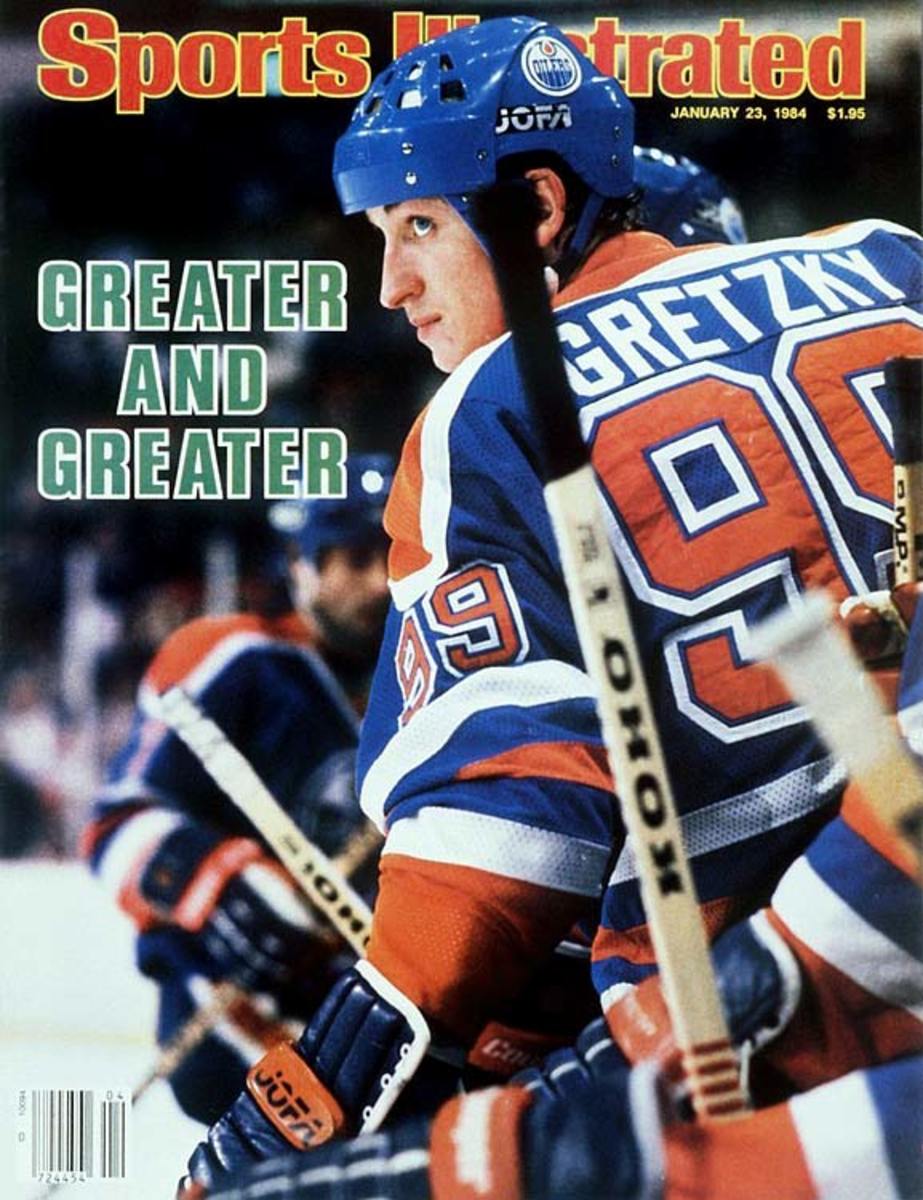
The Great One's famous number is well known as a tribute to his idol, Gordie Howe. Unable to get Howe's 9 upon joining the Sault Ste. Marie Greyhounds of the OHL in 1975 (another player was wearing it), Gretzky agreed to coach Muzz McPherson's suggestion, "If you can't wear one 9, wear two." The rest, as they say, is history.
Mario Lemieux - 66
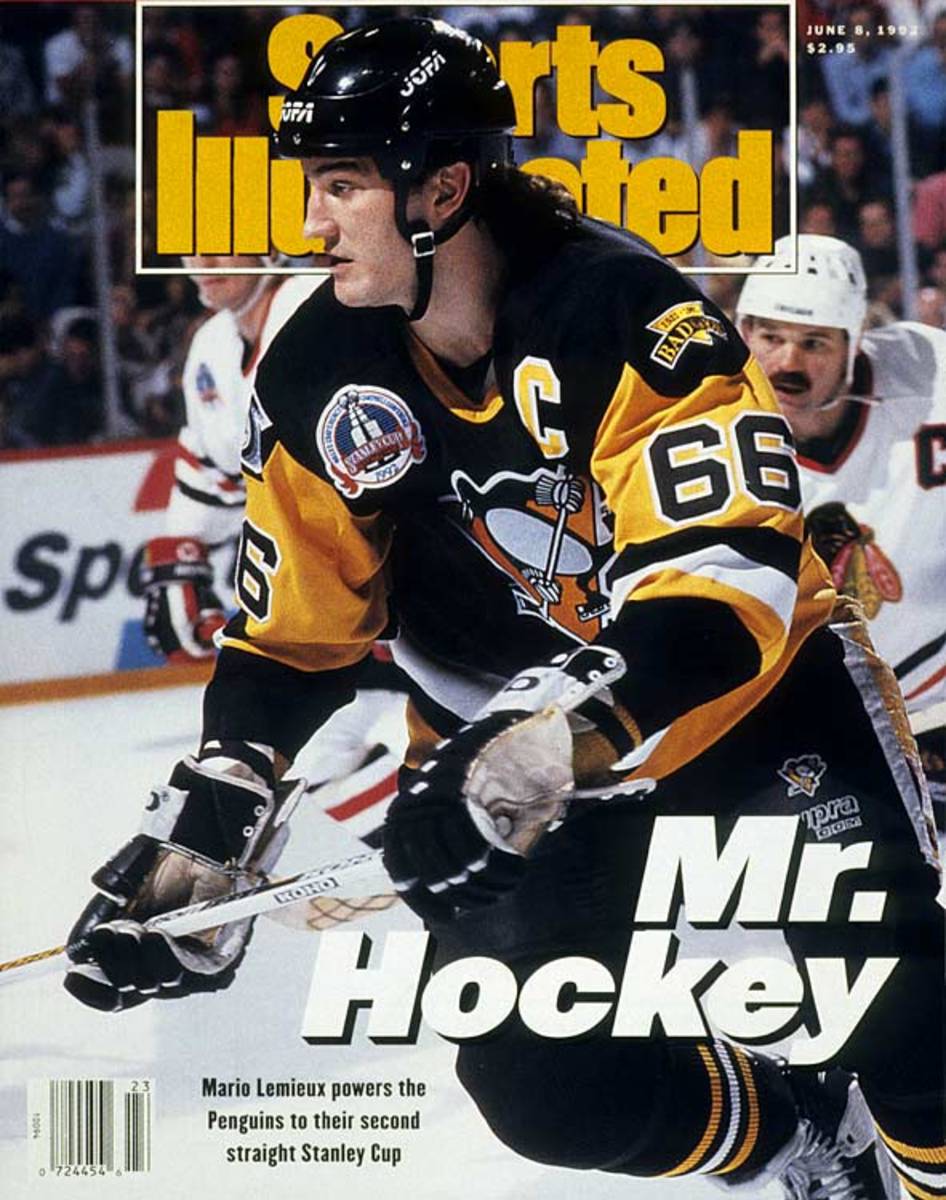
As a hotshot midget player, the future Hall of Famer often wore 27 in honor of his older brother Alain, who went on to play in the NHL. After being drafted first overall by the Laval Voisins of the QMJHL in 1981, Mario wanted 27, but he was drawing a lot of media attention as a likely future challenger to Wayne Gretzky for the title of the NHL's best player. One of Lemieux's agents, Bob Perno, who with Gus Badali also represented The Great One, suggested 66 -- Gretzky's 99 upside down.
Eric Lindros - 88

Often presumed to be yet another high double-digit proclamation of greatness -- Lindros was hailed as The Next One upon his being drafted first overall in the 1991 NHL draft -- but his 88 was actually a tribute to the father of a friend and junior hockey teammate. John McCauley was an NHL referee who wore 8 before becoming the league's Director of Officiating. McCauley, who died in 1989, mentored Lindros during his rise through the junior ranks, so the young center chose 8 as a memorial while playing for Detroit Compuware of the NAHL in 1989-90. When he moved on to Oshawa of the OHL later that season, 8 was already taken, so Lindros changed to 88.
Phil Esposito - 77
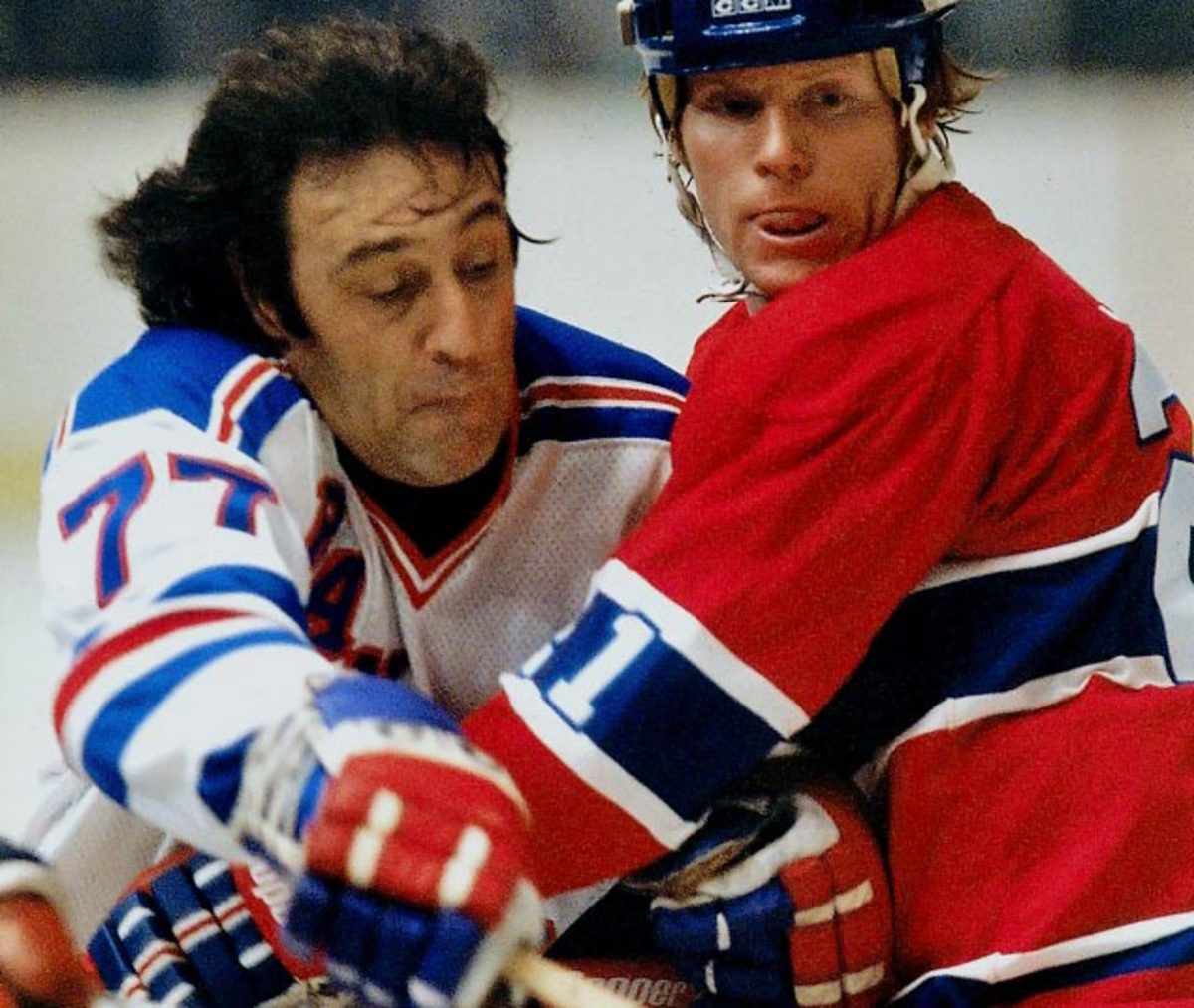
Another classic case of doubling up when the number you want already belongs to a legend. Espo had worn 7 with the Boston Bruins, but after his trade to the New York Rangers in 1975, he realized it belonged to future Hall of Famer Rod Gilbert. After trying 12, Espo rolled with two sevens on his back for the next five seasons. (Somewhat the same thing later happened in Boston when defenseman Ray Bourque relinquished Esposito's 7 upon its retirement at an emotional ceremony in 1987 and donned 77.)
Steven Stamkos - 91
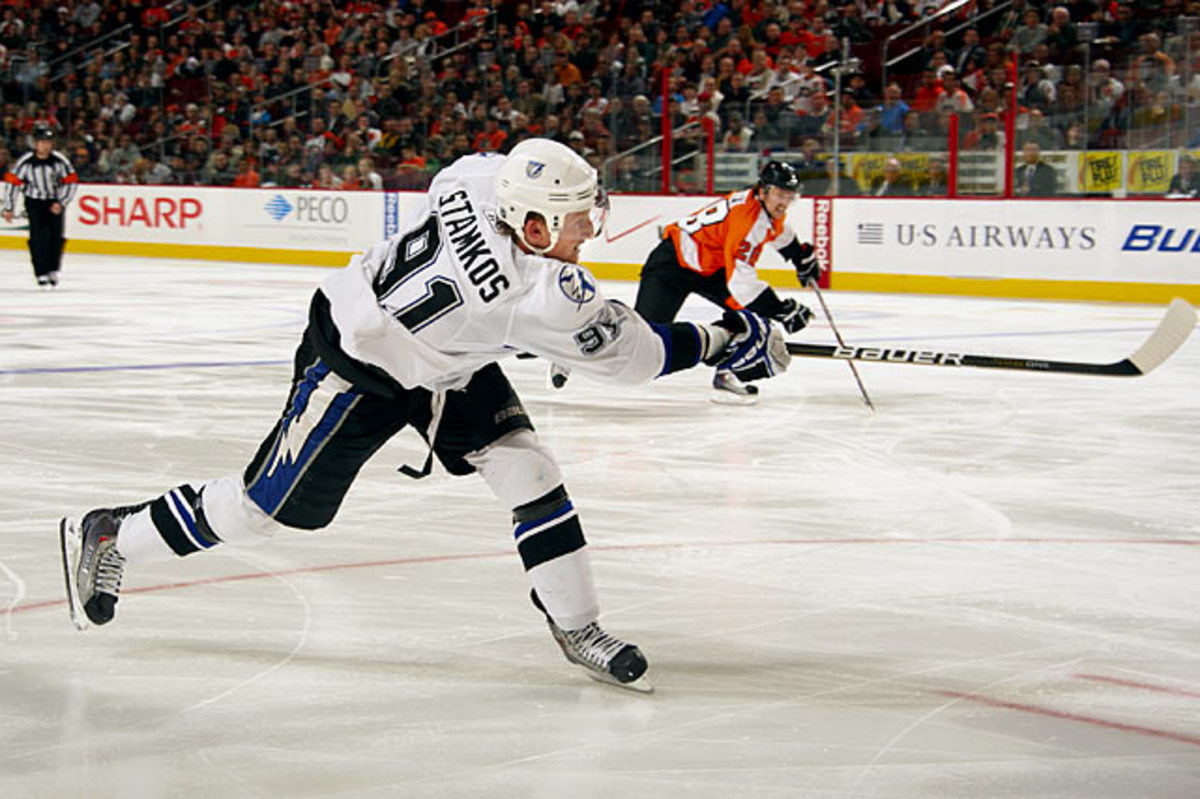
Intending to honor his heroes Steve Yzerman and Joe Sakic by wearing their 19, the young sniper found upon joining the OHL's Sarnia Sting in 2006 that the number was already taken, so he merely flipped his digits.
Alexei Yashin - 79
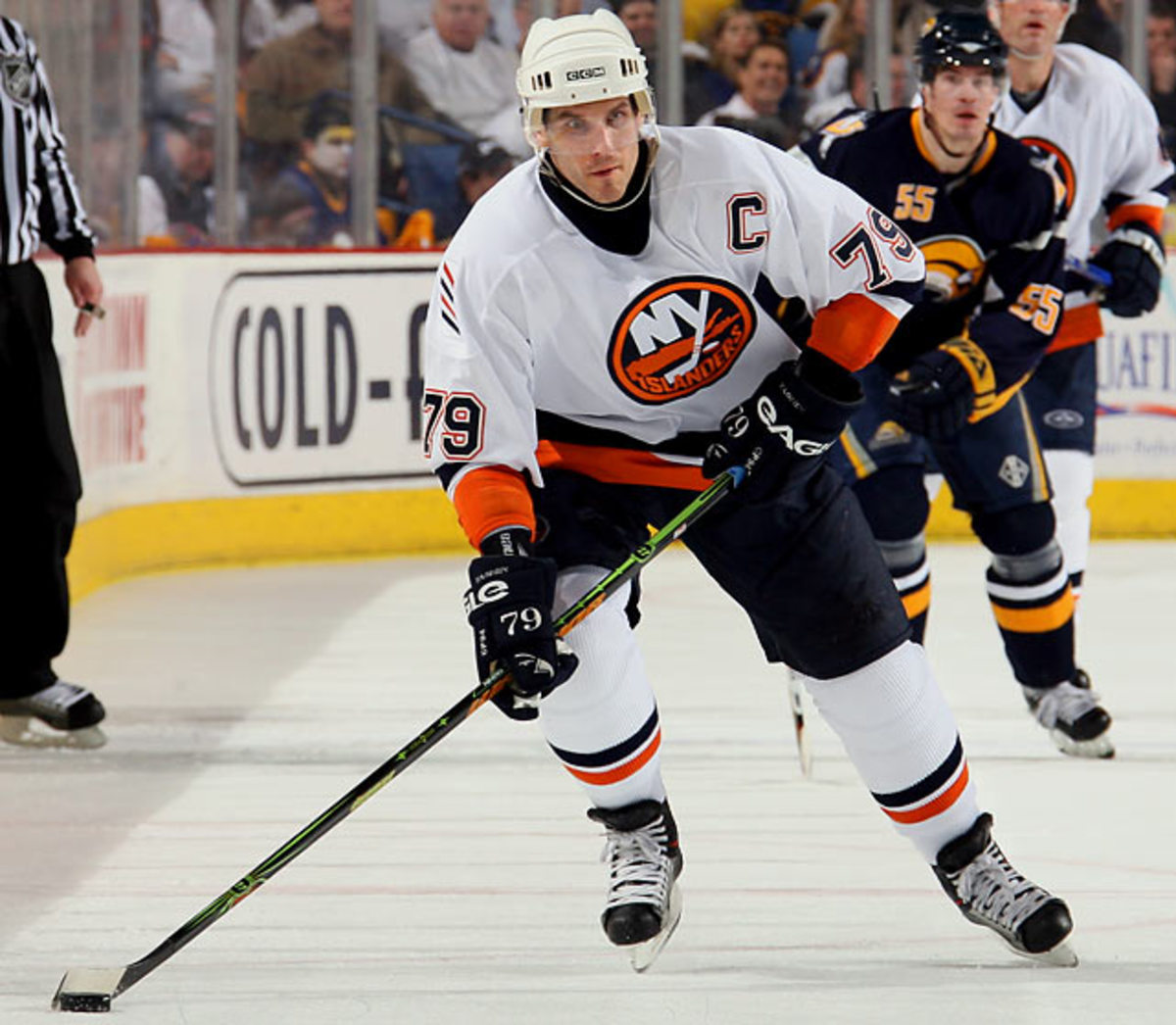
Another case of choice blocked by circumstance. After his trade to the New York in 2001, Yashin wanted to keep the 19 he had worn in Ottawa, but on Long Island it was the exclusive property of Hall of Famer Bryan Trottier. So Yashin chose 79, consoling himself with the thought that the 7 looked somewhat like a 1.
Bobby Orr - 4
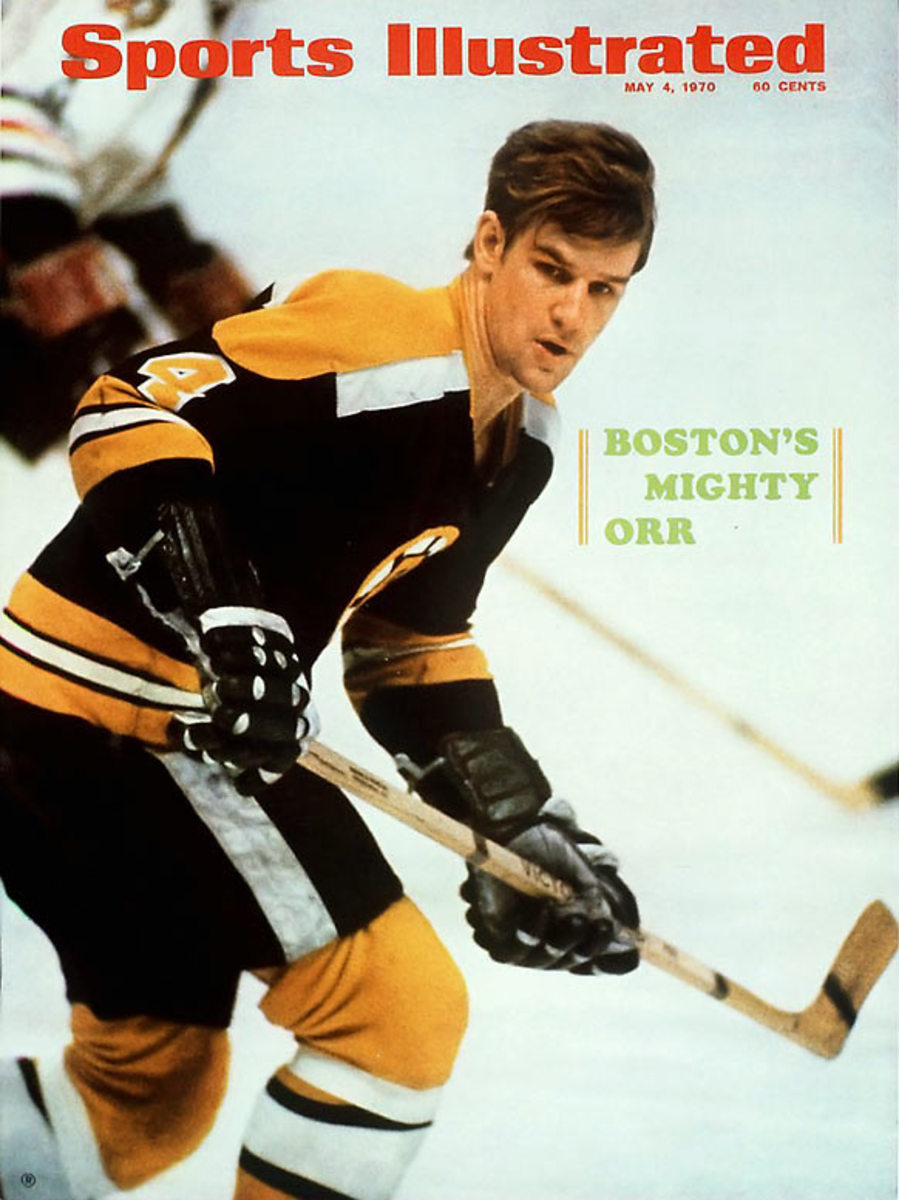
Four rhymes with Orr, but it was an injury to Bruins defenseman Junior Langlois during training camp in 1966 that put the digit on the future Hall of Famer's back. As a rookie, Orr was given 27, but his first choice was 2, which he had worn in junior hockey. However, there was a catch: Boston had retired 2 in 1947 in honor of Eddie Shore. So Orr settled for 4 when Langlois failed to make the team.
Gilbert Perreault - 11
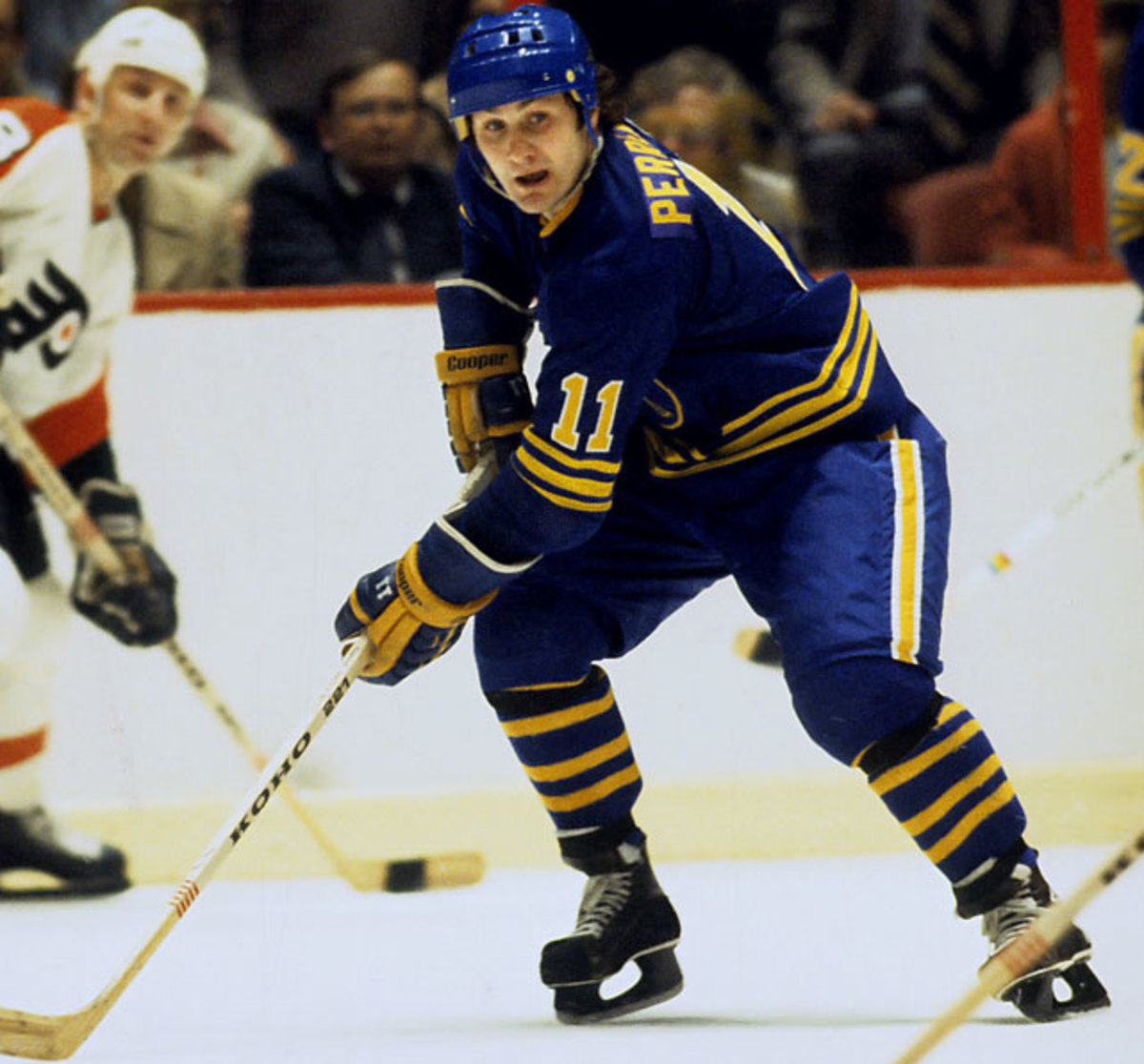
The Hall of Famer's number was literally determined by pure chance. Buffalo GM Punch Imlach picked 8 through 12 for a roulette wheel spin to determine the NHL's first overall draft pick in 1970, the year the Sabres and Canucks entered the league. (Vancouver got 1-6, with 7 declared a do-over.) Imlach's favorite number happened to be 11, and when it came up and the Sabres were able to draft Perreault, the future star on Buffalo's famed French Connection Line put it on his sweater.
John Davidson - 00
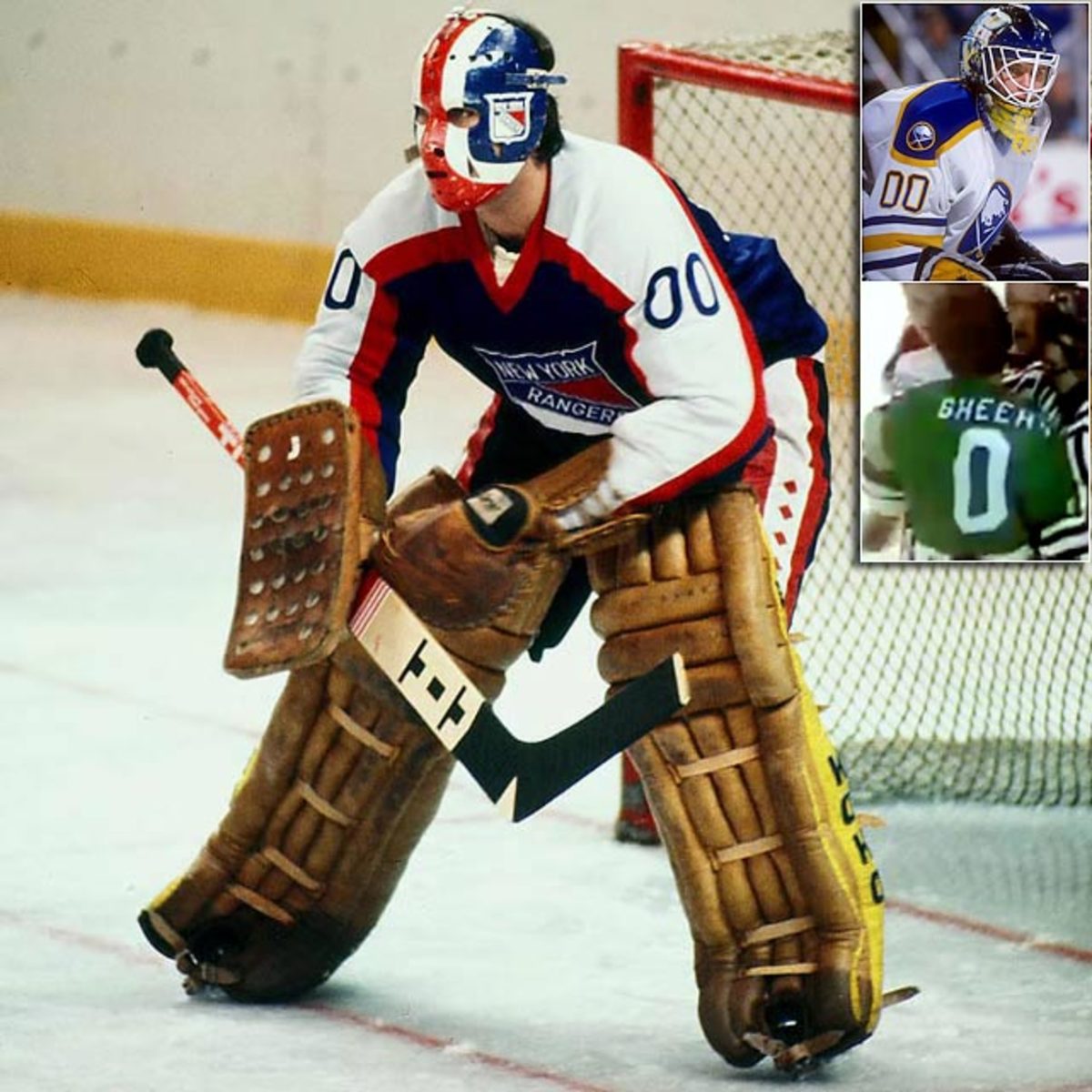
A potential statement for a goalie who lays goose eggs on the scoreboard and score sheet. In 1977, the Ranger netminder switched from 30 to 00 for a season in which he went 14-13-4 with one measly shutout. Returning to 30 for `78-79, his performance noticeably improved as he helped lead New York to the Stanley Cup Final. The last goalie to wear 00 was Buffalo backup Martin Biron, who was forced to switch in 1998 when the NHL enacted a rule requiring players to wear numbers 1-98 (with Wayne Gretzky's 99 untouchable.) Fun Fact: 0 has been worn (briefly) by only one player: Hartford Whalers defenseman Neil Sheehy in 1988. When his family emigrated from Ireland, their name was O'Sheehy. Neil figured it was the best way to get the O' back on his back.
Alex Ovechkin - 8
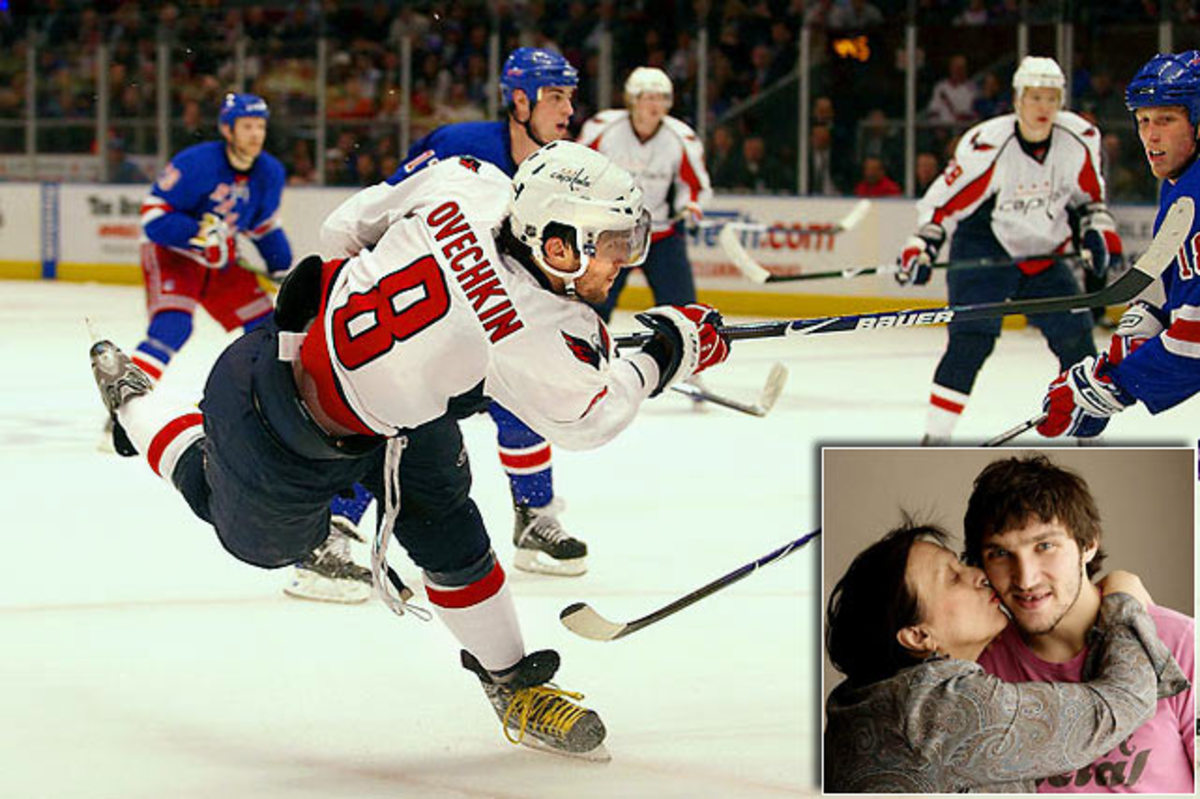
This one's for you, ma. Tatyana Ovechkin wore 8 as a superb point guard for the Russian women's basketball team that won gold medals at the 1976 and 1980 Summer Olympics.
Sidney Crosby - 87
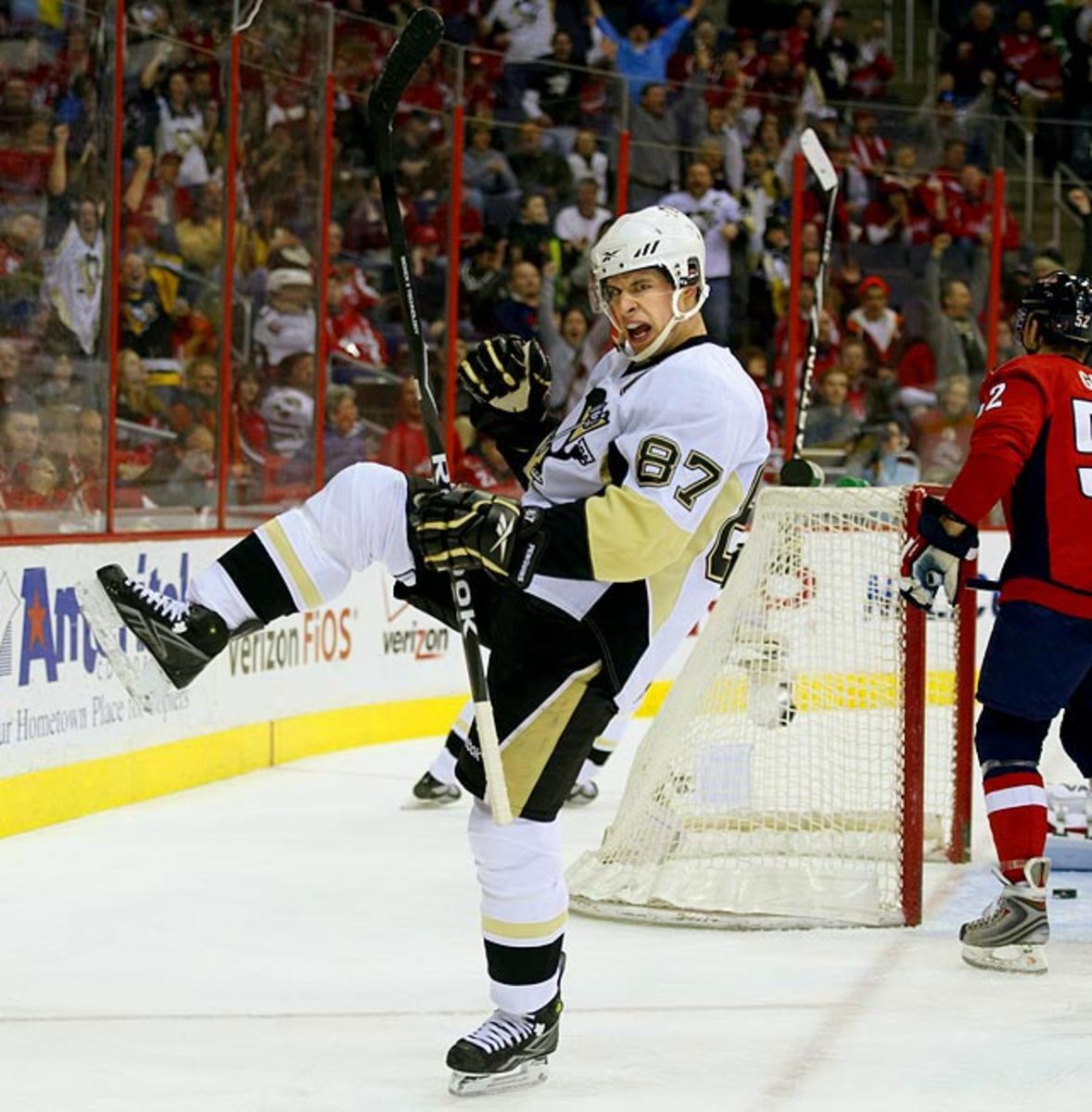
When you're born on August 7, 1987 (8/7/87), as the Penguins' stellar captain was, it's easy to see why you would want to wear this one.
Jaromir Jagr - 68
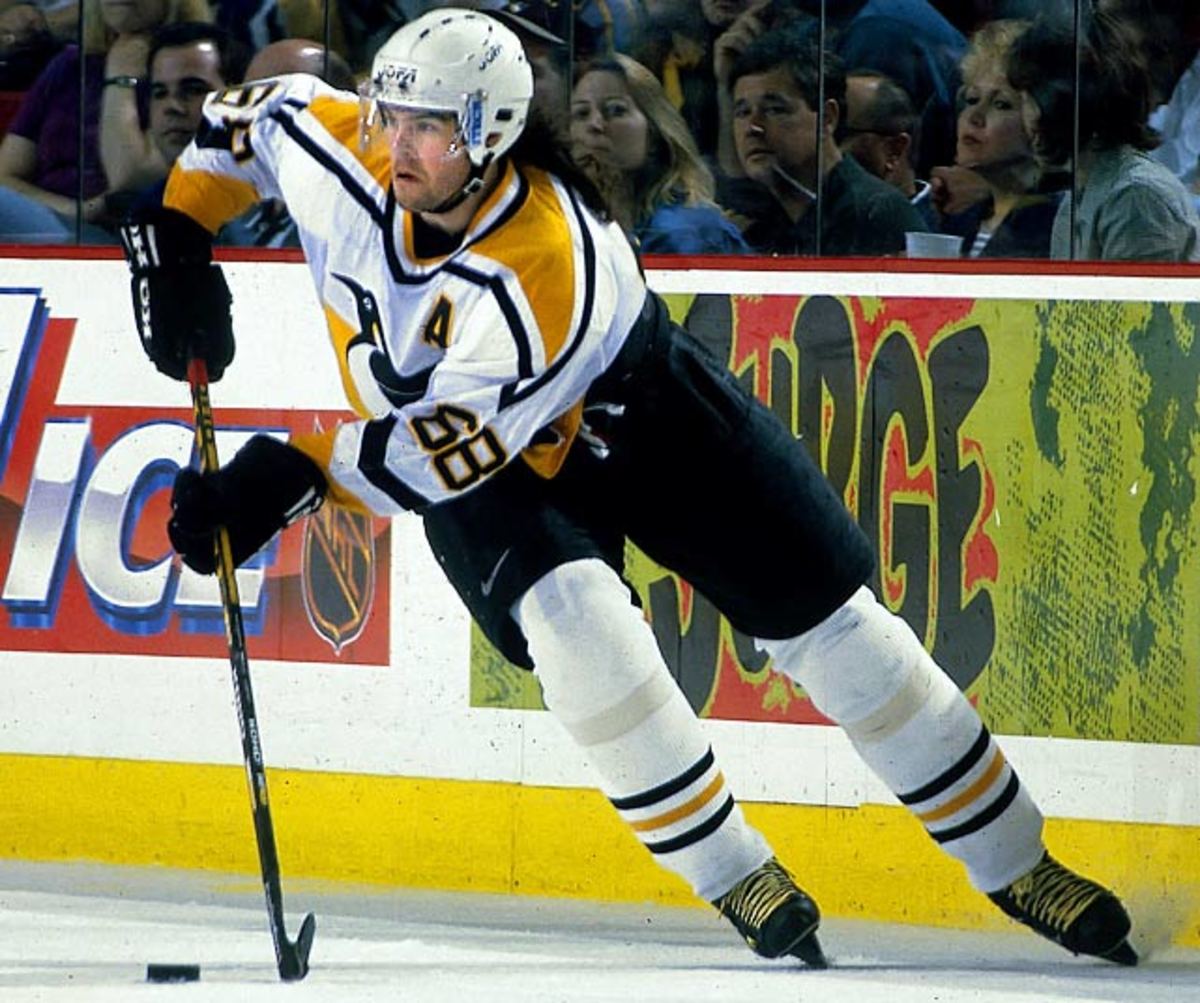
Probably the NHL's best known political statement, the Czech winger donned it in honor of 1968 --"The Prague Spring" in which a democratic reform movement tried to free Czechoslovakia from Soviet domination.
Petr Klima - 85 <br> Alexander Mogilny - 89
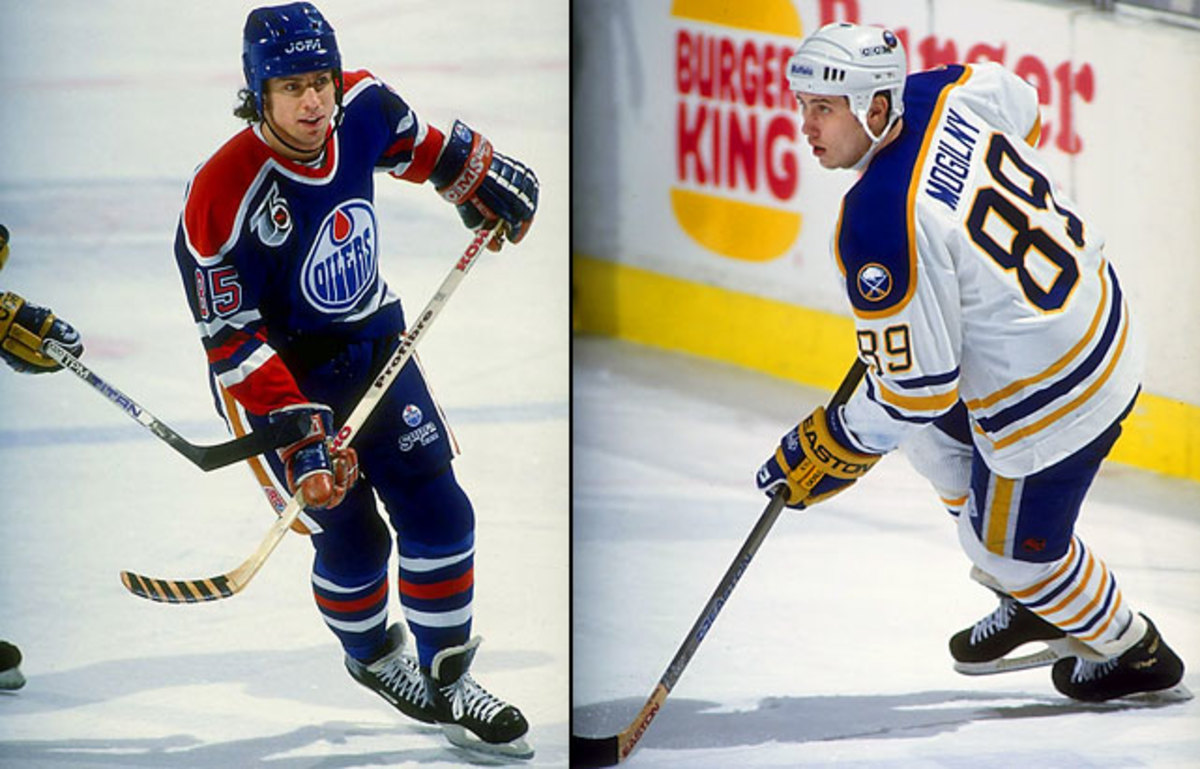
The numbers this duo wore marked the years of their defections from Czechoslovakia and the Soviet Union, respectively.
Daniel Sedin - 22 <br> Henrik Sedin - 33
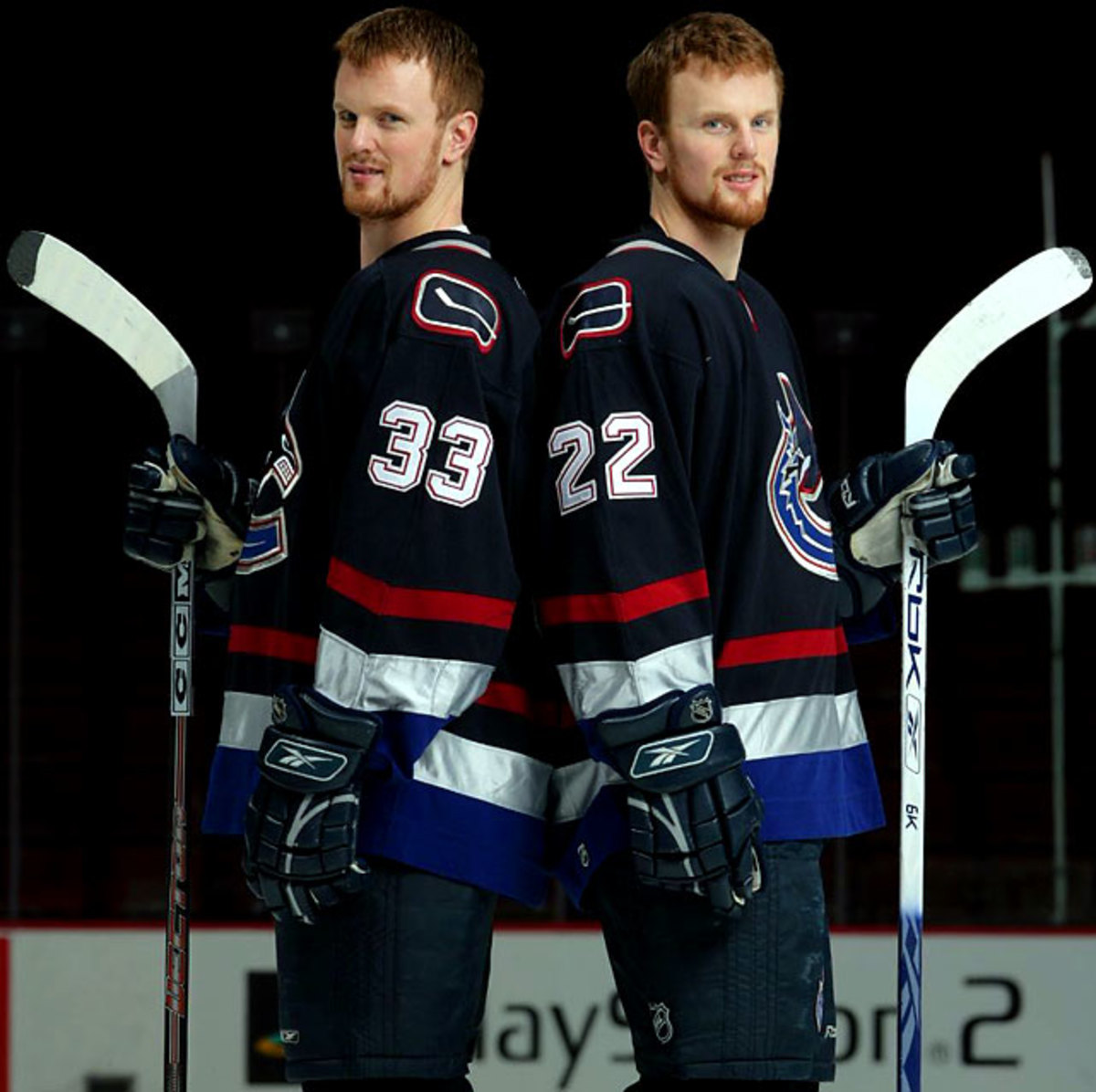
It's only natural that twins would wear twin numbers.
Pavel Bure - 96
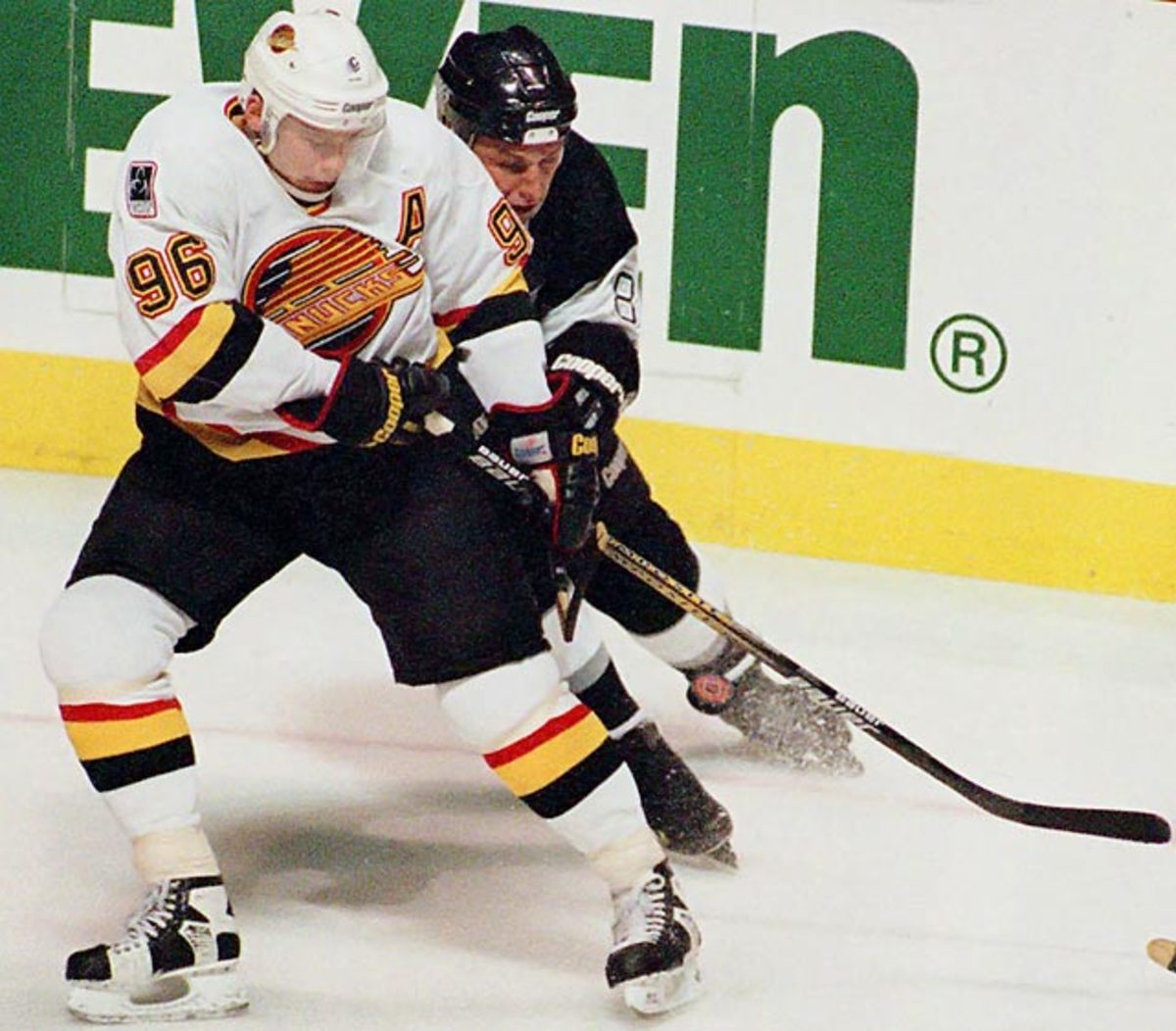
A case of be careful what you wish for. The Russian Rocket requested 96 -- in honor of the date of his arrival (9/6) in North America in 1991 -- but was denied by Canucks coach Pat Quinn, who thought it was a showboat number. Bure was given 10 instead, and he proceeded to score 60 goals in two of the next four seasons. In 1995, he was allowed to switch to 96, but promptly began suffering serious knee injuries. After two snakebitten seasons, Bure switched back to 10, saying, "I'm not superstitious, but the last two seasons have been bad memories."
